This is the first in a six-part guide for cyclists looking to follow the cross-country bike road across Korea. This guide starts in Incheon in the northwest and ends in Busan in the southeast, but most of the instructions could be reversed for cyclists looking to travel in the other direction.
For an overview of the entire trip, click here. For more detailed information on logistics, including how to rent a bike, navigate, book accommodation and fly with a bike, click here.
If you’re planning to cycle from Incheon to Busan, the first challenge you face is reaching the Ara West Sea Lock, where the route officially begins.
There are a few ways you can do this. The first and most obvious is to cycle from wherever you’re staying in Seoul or Incheon to the starting line. This is practically guaranteed to succeed, but it does mean you’re racking up the miles before you technically begin.
The second is to take the subway. Unless you’re using a folding bike, this option is limited to the weekend. Most Seoul and Incheon subway lines allow bikes on weekends and holidays, although the Airport Express, which takes you to Cheongna International City Station, requires a reservation by clicking here. Cheongna is the closest stop to Ara West Sea Lock, so that’s the ideal launching point.
Your third option is to drive, and "call vans" in Korea will often take bikes for a price if given advance warning. This will need to be arranged at least a few hours in advance, and will require a Korean speaker to organize.
Once you arrive at Ara West Sea Lock, your first stop should be the certification center, where you can buy the stamp passport that will see you across the country. This costs 4,000 won ($2.80), and you can pay an extra 500 won for a map. The certification center opens at 9:30 a.m., seven days a week, so don’t bother getting there too early if you need to pick up a passport.
Once that’s all done, you can stamp your first stamp, enjoy your last sight of the sea for 600 kilometers (373 miles) and hit the road.
The Ara Bicycle Path is a very gentle introduction to the cross-country cycling route. It’s entirely flat and, once you pass the first couple of kilometers in the industrial area around the lock, is entirely on bike paths. The Ara Waterway is a large canal that connects the Han River to the sea, bypassing the river's mouth, which is in the demilitarized zone.
It’s 21 kilometers along the Ara Waterway before you pick up the Ara Hangang Lock stamp. Now you’re on the Han River.
From the Hangang Lock stamp booth, turn back on yourself and take the ramp on the left, less than 10 meters (32 feet) later. This takes you down to the Han River bike path and on into Seoul. Sixteen kilometers later, you’ll pass the National Assembly building as you enter Yeouido, the financial hub of Seoul.
There’s a stamp booth immediately after the National Assembly, and your route continues through one of the busiest Han River parks. There are convenience stores throughout these parks, so it’s a good place to stop and stock up if you need to.
After Yeouido, you can choose to cross the river and ride on the north bank or stay on the south bank. I stayed on the south, and 22 kilometers later, I picked up the Gwangnaru Bicycle Park stamp, after passing the bright lights of Gangnam and the imposing Lotte World Tower. Riders who go north can instead get a stamp at Ttukseom Observatory & Culture Complex, about 17 kilometers after Yeouido. The Gwangnaru and Ttukseom stamps are interchangeable.
After Gwangnaru, you exit Seoul and pass through the satellite city of Hannam, about 60 kilometers into the journey. Some riders may choose to end their first day here, but I continued to Paldang Bridge, where I crossed to the north side of the river as the paths reunite.
Shortly after the bridge, you’ll hit Neungnae Station, your fifth stamp of the day and a particularly picturesque spot as the route follows a picturesque disused railway track.
Neungnae is followed quickly by the highlight of the day, the Bukhangang Railroad Bridge. Spanning the mouth of the Bukhangang, or North Han River, the bridge is a disused railway bridge that has been converted for cyclists and pedestrians. It’s rusting latticework, which the internet tells me makes this a truss bridge, warrants a stop to snap a few photos.
This is also where the North Han River route starts, but that’s not part of the cross-country trail or this series.
Just after the Bukhangang Railroad Bridge is the village of Yangsu, Gyeonggi, where many people choose to stop for the night, or you can power on for another 20 kilometers to the town of Yeongpyeong, Gyeonggi.
The ride into Yangpyeong takes you through the foothills of what eventually becomes Gangwon, Korea’s most mountainous province. And we do mean through them — like Korean highways, the makers of this stretch of cycle path opted to bore straight through the hills, leaving cyclists with long stretches of tunnel as they head through to Yangpyeong.
If Yangpyeong is your stop for the night, that will put you at almost bang on 100 kilometers. Some cyclists choose to power through another 30 kilometers to Yeoju, but for tourists, that leaves precious little time to enjoy the journey.
There are plenty of places to stay in Yangpyeong near the Yangpyeong Bicycle Path Area stamp booth, your sixth stamp of the day, or you can head further afield if you want to soak up some of the views the area has to offer. I opted to stay 10 kilometers out of town, which was more poor planning than anything else, and left my bike behind in central Yangpyeong.
The chance of theft in Korea is always low, but bikes and umbrellas are considered the two exceptions. That doesn’t mean bike theft is common — in 15 years, the worst I’ve encountered is a stolen seat — but it always pays to be careful. If you want to leave your bike behind and take a taxi to a hotel, it’s always worth looking for a government building where there is likely to be more CCTVs.
In Yangpyeong, the area just south of the stamp station is a sprawling civic complex, and I tucked my bike away in a covered shelter behind the municipal library.

![Day 1 on the Korea Cross Country Cycling Road [KOREA JOONGANG DAILY]](https://imgnews.pstatic.net/image/640/2025/10/16/0000078304_002_20251016180809951.jpg?type=w860)

![At the start line in Incheon on Sept. 27. [JIM BULLEY]](https://imgnews.pstatic.net/image/640/2025/10/16/0000078304_004_20251016180810181.jpg?type=w860)

![Ara Waterway in the sun on Sept. 27. [JIM BULLEY]](https://imgnews.pstatic.net/image/640/2025/10/16/0000078304_006_20251016180810378.jpg?type=w860)

![The National Assembly in Yeouido, western Seoul pictured from the Hangang Bicycle Path on Sept. 27. [JIM BULLEY]](https://imgnews.pstatic.net/image/640/2025/10/16/0000078304_008_20251016180810575.jpg?type=w860)
![Hanam, Gyeonggi, on Sept. 27. The bike paths start to quieten down as you leave Seoul. [JIM BULLEY]](https://imgnews.pstatic.net/image/640/2025/10/16/0000078304_009_20251016180810641.jpg?type=w860)



![The Han River on the evening on Sept. 27 [JIM BULLEY]](https://imgnews.pstatic.net/image/640/2025/10/16/0000078304_013_20251016180811047.jpg?type=w860)


















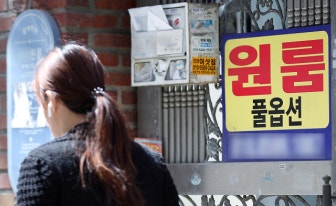



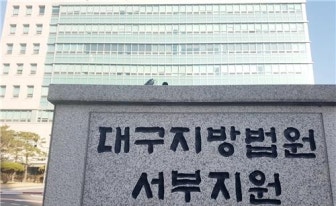

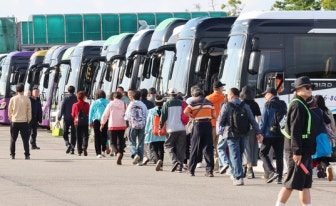
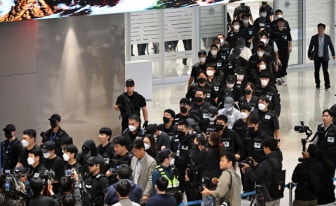
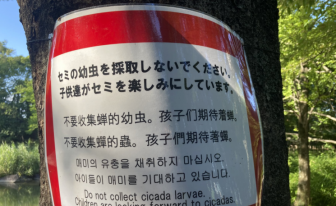



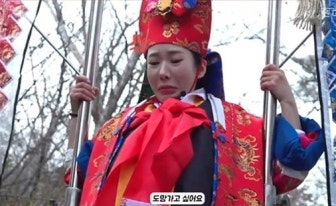
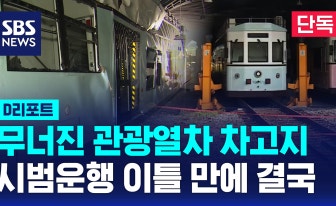

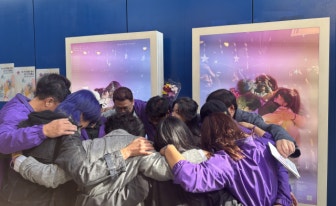



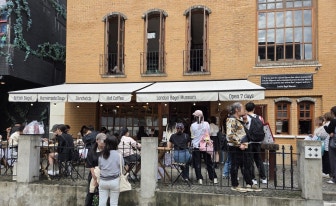

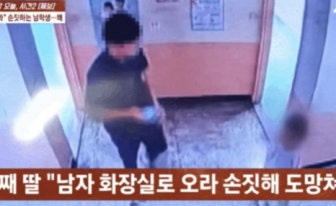

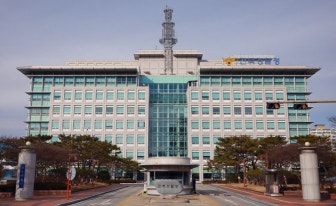
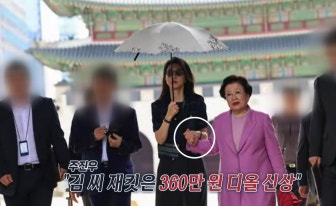



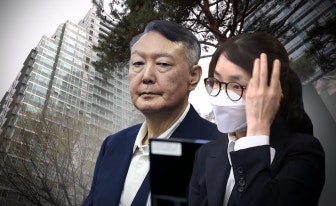
.jpg?type=nf190_130)










